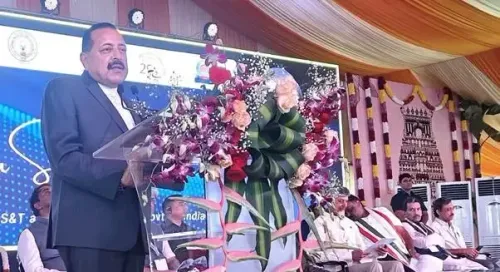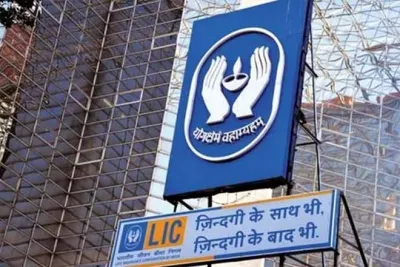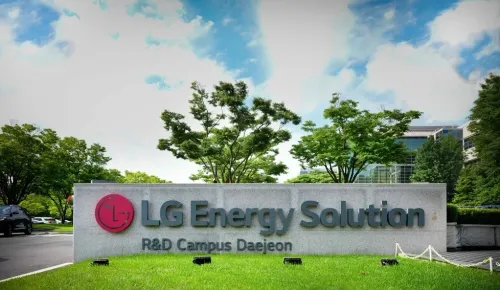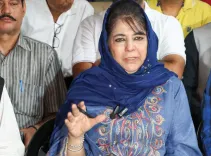Can Ola, Uber, and Rapido Really Charge Double the Base Fare During Peak Hours?
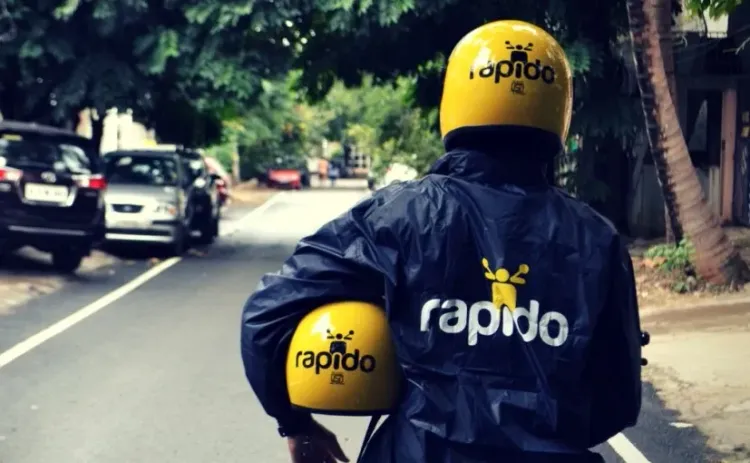
Synopsis
Key Takeaways
- Cab aggregators can charge double the base fare during peak hours.
- Minimum fare during non-peak hours is 50% of the base fare.
- Base fare must cover a minimum distance of 3 km.
- Drivers must receive a fair share of the fare.
- Cancellation penalties apply to both drivers and passengers.
New Delhi, July 2 (NationPress) The government has given the green light for cab aggregators such as Ola, Uber, and Rapido to implement charges that may reach up to twice the base fare during peak hours.
Previously, surge or dynamic pricing was capped at 1.5 times the base fare.
This significant update was part of the newly introduced Motor Vehicle Aggregator Guidelines, 2025, unveiled by the Ministry of Road Transport and Highways (MoRTH).
The adjustments aim to find a middle ground concerning user safety, driver welfare, and business operations.
According to these revised guidelines, cab companies are now permitted to charge a minimum of 50% of the base fare during non-peak hours.
The base fare will align with the rates set by individual state governments for various categories of motor vehicles.
States are encouraged to implement these new directives within the forthcoming three months.
The government has also specified that the base fare must cover a minimum distance of 3 kilometers.
This regulation is intended to address ‘dead mileage’—the distance drivers travel to reach a passenger.
However, passengers will not incur additional charges for dead mileage unless the overall ride distance is under 3 km.
In all other scenarios, fares will be calculated solely from the pickup to the drop-off point.
The guidelines are designed to ensure fair compensation for drivers. For those who own their vehicles and are registered with aggregators, they must earn at least 80% of the total fare. The aggregator retains the remaining percentage. Payments to drivers can be settled daily, weekly, or fortnightly, depending on agreements with the company.
For vehicles owned by the aggregator but operated by drivers, the minimum fare share for drivers is 60%, with the aggregator keeping the rest.
New rules regarding cancellations have also been introduced. If a driver cancels a ride after acceptance without a valid reason, a 10% penalty on the fare, capped at Rs 100, will be imposed.
This same penalty applies to passengers who cancel without valid justification.


